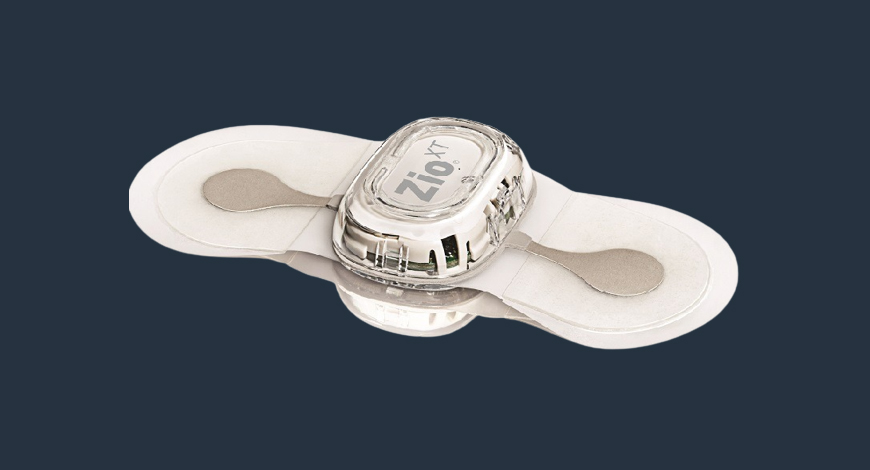Trends
Zio® by iRhythm shown to prevent hospital admissions

iRhythm Technologies, Inc., a leading digital healthcare solutions company focused on the advancement of cardiac care, announces the results of three clinical research studies presented at The American College of Cardiology’s 71st Annual Scientific Session & Expo. The new clinical evidence:
- Further validates the Zio service as a viable solution for the early detection of atrial fibrillation (AF), helping undiagnosed populations effectively seek treatment before more serious problems can occur.
- Shows that the Zio service can positively impact hospital resources – a crucial benefit during the continued Covid-19 pandemic.
- Supports the need for monitoring post-TAVR discharge in high-risk patient populations.
“As the healthcare system continues to progress towards value-based medicine, we recognize that providers are increasingly challenged to improve clinical outcomes for patients while controlling costs,” said Dietra Jones, Executive Vice President, clinical operations at iRhythm. “We are excited that these new data continue to demonstrate that Zio’s clinical accuracy is beneficial in directing patient care across a variety of settings, while improving clinical workflows and hospital capacity. We are also particularly encouraged to see further evidence of Zio’s ability to support early detection and diagnosis of AF in moderate-risk populations.”
The syncope study, titled “Syncope pathway using live ambulatory monitoring streamlines ER patient disposition,” found that Zio AT was able to monitor and aid in diagnosis of qualified syncope patient candidates in an outpatient setting. Implementation of Zio AT allowed health systems to safely monitor patients upon discharge, avoiding a potential 24-48 hour hospital stay. Additionally, 8.2% of patients had an arrhythmia event triggering an MD notification. Nearly half (46%) of these occurred after 48 hours (longer than atypical inpatient stay) – demonstrating the importance of 14-day monitoring with Zio AT. Finally, it was concluded that use of Zio AT saved the healthcare system an estimated 136 inpatient hospitalization days.
The GUARD-AF study, titled “A randomized clinical trial of screening for atrial fibrillation with a 14-day patch monitor: Analysis Of ECG recordings from the GUARD-AF study,” reports the initial findings in 5,713 patients who wore the Zio XT monitor. Among the older primary care population in the study, 4.5% had AF detected within two weeks of monitoring: 0.5% of screened participants had persistent AF and 4% had paroxysmal AF detected.
Lastly, research highlighted in the Rutgers-TAVR study, titled “Ambulatory electrocardiographic monitoring following transcatheter aortic valve replacement (TAVR) in different age groups,” demonstrates that monitoring with Zio AT post-TAVR discharge can identify AF, high degree atrioventricular block (HAVB), and supraventricular tachycardia (SVT) in patients who are at risk for arrhythmic disorders. During monitoring, in which patients wore the device for up to 14 days, the most common arrhythmias were AF (25%) followed by HAVB (7%) and SVT > 30 secs (6%). The results support the need for monitoring post-TAVR discharge in high-risk patient populations.
MB Bureau














